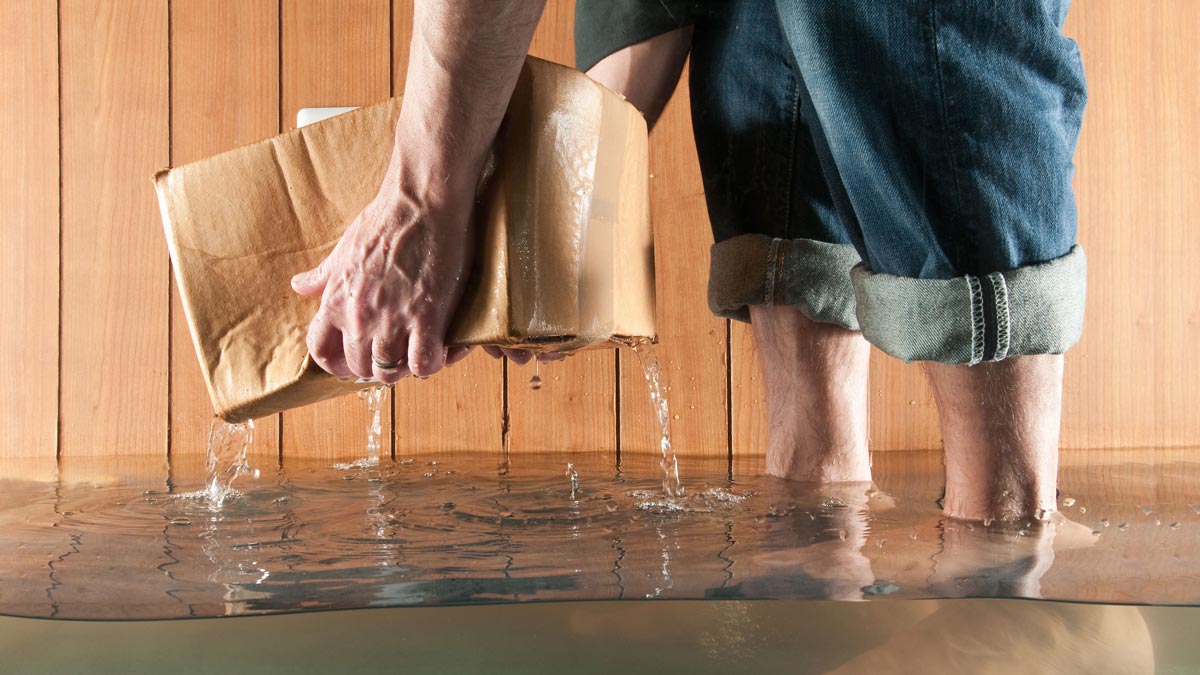

Articles
How To Dry Out A Basement After Flooding
Modified: December 7, 2023
Learn effective techniques for drying out a flooded basement with these insightful articles. Protect your home and prevent further damage.
(Many of the links in this article redirect to a specific reviewed product. Your purchase of these products through affiliate links helps to generate commission for Storables.com, at no extra cost. Learn more)
Introduction
Flooding in the basement can be a nightmare for homeowners. Not only does it cause significant damage to the property, but it also poses a threat to the health and safety of the occupants. A quick response and proper drying techniques are crucial to prevent further damage and mitigate potential health risks.
In this article, we will guide you through the process of drying out a basement after flooding. We will provide step-by-step instructions and valuable tips to help you restore your basement to its pre-flood condition.
Before we dive into the details, it’s important to note that safety should always be your top priority. Make sure to assess the situation carefully and take necessary precautions before attempting any cleanup or restoration activities.
Now, let’s take a closer look at the necessary steps to dry out a flooded basement.
Key Takeaways:
- Safety First
Assess the damage, prioritize safety, and remove standing water. Thoroughly dry, clean, and disinfect the basement to prevent mold growth and ensure a safe living environment. - Professional Assistance
Seek professional help for significant damage or if unsure about the restoration process. Document damages for insurance claims and take preventive measures to avoid future flooding and mold growth.
Read more: How To Dry Out Basement
Assessing the Damage
Before starting the cleanup and drying process, it’s crucial to assess the extent of the damage caused by the basement flooding. This will help you determine the necessary steps and equipment needed for the restoration process.
Here are some key points to consider when assessing the damage:
- Water level: Measure the water level in your basement to determine the depth of the flooding. This will give you an idea of how much water needs to be removed.
- Source of flooding: Identify the source of the flooding. Is it due to heavy rains, a burst pipe, or a sewage backup? Understanding the cause of the flooding will help you address the root issue and prevent future incidents.
- Structural damage: Inspect the walls, floors, and foundation for any signs of structural damage. Look for cracks, bowing, or shifting in the walls, as well as any warping or buckling in the floors. If you notice significant damage, it’s important to consult with a professional before proceeding with the restoration.
- Electrical safety: Ensure that the electricity in the basement is turned off before entering. Water and electricity can be a deadly combination, so it’s crucial to prioritize safety and avoid any potential electrical hazards.
- Contaminants: Determine if the floodwater is contaminated. If sewage or chemicals are present, it’s best to contact a professional cleanup service to handle the situation safely.
Once you have assessed the damage, take photographs and document any visible signs of damage. This documentation will be useful when filing an insurance claim or seeking professional help if needed.
Remember, it’s essential to exercise caution during this phase and not overlook any potential risks. If you are unsure about the severity of the damage or your ability to handle the restoration process, it’s always wise to consult with professionals who specialize in flood damage restoration.
Safety Precautions
Safety should always be a top priority when dealing with a flooded basement. Water damage can introduce various hazards, including electrical shocks, contaminant exposure, and structural instability. It is crucial to take the necessary precautions to protect yourself and those assisting with the cleanup process. Here are some safety measures to keep in mind:
- Ensure that the power to the basement is turned off before entering. Water can conduct electricity, posing a serious risk of electrocution. If you are unsure how to safely shut off the power, contact a qualified electrician.
- Wear appropriate personal protective equipment (PPE) such as rubber gloves, goggles, and waterproof boots. This will help prevent exposure to contaminants present in the floodwater.
- Avoid direct contact with floodwater, especially if it is contaminated. This water can contain harmful bacteria, viruses, and chemicals. If you must come into contact with the water, wash your hands thoroughly with soap and clean water afterward.
- Be cautious of slippery surfaces. Wet floors and stairs can be slippery, increasing the risk of falls and injuries. Use caution and consider using non-slip footwear.
- Proper ventilation is essential during the drying process. Open windows and use fans or dehumidifiers to circulate air. However, be mindful of potential mold spores in the air and wear a dust mask if necessary.
- If the flooding is due to a sewer backup, it is best to leave the cleanup to professionals. Sewage water contains harmful bacteria and pathogens that can cause serious health issues.
- If you have asthma or any respiratory conditions, it is advisable to avoid entering the basement until it has been thoroughly cleaned and dried out. Mold and mildew growth can trigger allergies and respiratory problems.
Remember, if at any point you feel overwhelmed or unsure about your safety, do not hesitate to seek professional help. It’s better to be cautious and let experts handle the situation than to put yourself at risk.
By following these safety precautions, you can minimize the potential risks associated with a flooded basement and ensure a safer environment for yourself and others involved in the restoration process.
Removing Standing Water
Once you have assessed the damage and taken safety precautions, it’s time to remove the standing water from your basement. The quicker you can remove the water, the better chance you have of preventing further damage and minimizing the risk of mold growth.
Here are the steps to effectively remove standing water from your basement:
- Safety first: Before entering the water, make sure you are wearing appropriate protective gear, such as rubber boots and gloves, to avoid any potential contaminants.
- Secure power sources: Ensure that the electricity to the affected area is turned off. If you are unsure about how to safely disconnect the power, consult a professional electrician.
- Identify a drainage point: Determine the best location for draining the water out of your basement. This can be a floor drain, a sump pump, or even manually pumping the water out with a wet/dry vacuum or a submersible pump.
- Start the water removal process: If you are using a wet/dry vacuum or a submersible pump, carefully position it in the lowest part of the basement and start removing water. Work in a systematic manner, moving from one end of the basement to the other.
- Dispose of the water: If you are manually removing water, use buckets or a hose to transport it outside or to a drainage point away from your property. Ensure that you are directing the water away from your foundation to prevent any potential flooding issues.
- Monitor for hidden pockets of water: Even after removing the visible standing water, there may still be hidden pockets of water in porous materials or corners of the basement. Use a moisture meter or visually inspect for any damp or wet areas.
Remember to be patient during this process. Depending on the amount of water, it may take some time to completely remove it from your basement. If the flooding is severe or if you are unable to remove the water effectively, it is advisable to seek professional assistance.
Once you have successfully removed the standing water, you can proceed to the next step, which is drying out the basement.
Drying Out the Basement
After removing the standing water from your basement, the next crucial step is to thoroughly dry out the space. Proper drying techniques will help prevent mold growth, minimize further damage, and restore your basement to a safe and habitable condition.
Here are the steps to effectively dry out your basement:
- Maximize ventilation: Open windows and doors to promote air circulation. Use fans or dehumidifiers to help speed up the drying process. If possible, place fans strategically to direct airflow towards damp areas.
- Remove wet materials: Any items, such as carpets, furniture, and porous materials, that have been affected by the floodwater should be removed from the basement. It’s crucial to get rid of these materials as they can retain moisture and encourage mold growth.
- Inspect walls and flooring: Check the walls and flooring for any signs of dampness or water damage. If you notice any, use a moisture meter to assess the moisture levels. If high levels of moisture are detected, you may need to remove portions of drywall or flooring to promote proper drying.
- Use dehumidifiers: Place dehumidifiers in the basement to remove excess moisture from the air. Set the humidity levels to around 45-50% to create an optimal drying environment. Empty the water collected in the dehumidifiers regularly.
- Monitor the drying progress: Regularly check for any signs of moisture or mold growth during the drying process. If you notice any musty odors, visible dampness, or mold growth, it’s important to address the issue immediately.
- Consider professional assistance: If the basement is extensively damaged, or if you’re unable to effectively dry out the space on your own, it may be necessary to seek help from professionals who specialize in flood damage restoration.
Remember, drying out the basement may take several days or even weeks, depending on the extent of the damage and the conditions in your home. Be patient and thorough in the drying process to ensure that your basement is completely dry before proceeding with any repairs or restorations.
By following these steps and closely monitoring the drying progress, you can effectively dry out your basement and minimize the risk of mold growth and further damage.
Use fans and dehumidifiers to circulate air and remove moisture from the basement. Open windows and doors to increase ventilation. Dispose of any damaged items that cannot be salvaged.
Read more: How To Get Water Out Of A Flooded Basement
Cleaning and Disinfecting
Once you have successfully dried out the basement, the next step is to thoroughly clean and disinfect the space. Cleaning and disinfection are essential to remove any remaining contaminants, eliminate odors, and create a safe and healthy environment.
Here are the steps to clean and disinfect your basement after a flood:
- Protective gear: Before you begin, ensure that you are wearing gloves, goggles, and a face mask to protect yourself from any potentially harmful substances.
- Remove debris: Clear out any remaining debris, mud, or sediment in the basement. Use a shovel, broom, or a wet/dry vacuum to remove larger debris, and then mop or scrub the floors and walls to remove any residual dirt.
- Clean with a disinfectant: Use a mild detergent or a specialized disinfectant solution to clean all surfaces in the basement. Pay close attention to walls, floors, and any other hard surfaces that were affected by the floodwater. Scrub the surfaces thoroughly to ensure that any contaminants are effectively removed.
- Disinfect porous materials: For items that cannot be easily cleaned, such as upholstered furniture, carpets, or rugs, it may be necessary to hire professional cleaners who specialize in water damage restoration. They have the necessary equipment and expertise to effectively disinfect and clean these materials.
- Address mold growth: If you notice any mold growth during the cleaning process, it’s important to take prompt action. Scrub the affected areas with a mixture of water and bleach (1 cup of bleach to 1 gallon of water) to kill the mold. Ensure that the area is well-ventilated and wear protective gear when dealing with mold.
- Dispose of contaminated items: Any items that were severely damaged or cannot be effectively cleaned and disinfected may need to be safely disposed of. Follow local regulations for proper disposal methods.
Remember to take breaks and ensure proper ventilation during the cleaning and disinfecting process. If you experience any adverse health effects, such as shortness of breath or skin irritation, seek medical attention immediately.
By thoroughly cleaning and disinfecting your basement, you can create a clean and healthy environment for you and your family.
Preventing Mold Growth
After experiencing a flooded basement, it’s crucial to take proactive measures to prevent mold growth. Mold can begin to grow within 24 to 48 hours of water damage and can cause significant health issues if left unchecked. By following these preventive steps, you can minimize the risk of mold growth and maintain a safe living environment:
- Ensure thorough drying: Properly dry out the basement as discussed earlier, making sure all surfaces and materials are completely dry. Use dehumidifiers and fans to achieve optimal drying conditions. Monitor moisture levels regularly to prevent any residual dampness.
- Address water leaks and sources of moisture: Identify and fix any water leaks or sources of excessive moisture in your basement. Check for leaking pipes, cracks in the foundation, or any other areas where water may seep in. Repair these issues promptly to prevent future water damage and mold growth.
- Promote air circulation: Keep the basement well-ventilated to prevent stagnant air and moisture buildup. Open windows when weather conditions allow, use fans, and ensure that air is circulating effectively throughout the space.
- Control humidity levels: Use dehumidifiers to maintain optimal humidity levels in the basement, typically between 45-50%. This helps to prevent excess moisture that can contribute to mold growth.
- Insulate and seal: Insulate pipes and walls in the basement to prevent condensation buildup. Proper insulation helps to regulate temperature and reduce the likelihood of excessive moisture accumulation on surfaces.
- Regular inspections: Regularly inspect your basement for any signs of water damage or mold growth. Be vigilant in looking for any discoloration, musty odors, or visible mold. Address these issues promptly to prevent further spread.
- Keep the basement clean: Regularly clean and maintain your basement, removing dust, debris, and any potential organic matter that mold can feed on. Vacuum and dust surfaces regularly to limit potential mold spores.
- Monitor indoor humidity levels: Keep an eye on the humidity levels not only in the basement but throughout your home. High humidity can contribute to mold growth in any area, so use dehumidifiers or air conditioners as needed to maintain proper humidity levels.
Remember, prevention is key when it comes to mold growth. By taking these preventive measures and attending to any water-related issues promptly, you can significantly reduce the risk of mold growth in your basement and maintain a healthy living environment.
Repairing and Restoring the Basement
After the cleanup, drying, and prevention of mold growth, it’s time to focus on repairing and restoring your basement to its pre-flood condition. Depending on the extent of the damage, you may need to enlist professional help for certain repairs. Here are some key steps to consider:
- Assess structural damage: Evaluate the structural integrity of your basement. Look for any cracks, warping, or shifting in the walls, floors, or foundation. If you notice significant damage, consult with a professional to determine the necessary repairs.
- Repair or replace damaged materials: Replace any damaged drywall, insulation, or flooring. Remove any remaining traces of moisture or mold before installing new materials. It’s critical to ensure that all new materials are thoroughly dry and not susceptible to future water damage or mold growth.
- Address electrical and plumbing issues: If the flooding has caused any electrical or plumbing problems, it’s crucial to have them inspected and repaired by licensed professionals. Water and electricity are a dangerous combination, so addressing these issues promptly is essential to ensure safety.
- Seal and waterproof: Consider applying waterproofing solutions to your basement walls and floors to prevent future water infiltration. This could involve using sealants, water-resistant paints, or applying waterproof membranes to create a barrier against moisture.
- Restore functionality: Once the structural repairs are complete, restore any essential systems in your basement, such as HVAC, plumbing, or electrical systems. Ensure that these systems are operating efficiently and safely before resuming normal use.
- Consider preventative measures: Take additional measures to prevent future flooding in your basement. This may include installing a sump pump, adding downspout extensions, or improving the grading around your home’s foundation to redirect water away from the basement.
- Keep records and follow up: Document all repairs, expenses, and communication with professionals, as this information will be valuable for insurance claims and future reference. Monitor the basement periodically for any potential issues, and address them promptly to prevent further damage.
Remember, repairing and restoring a flooded basement can be a complex and involved process. It’s essential to seek professional help for structural repairs or any tasks that you are unsure of. By taking the necessary steps to repair and restore your basement, you can regain a functional and safe living space.
Conclusion
Dealing with a flooded basement can be a challenging and overwhelming experience, but taking immediate action and following the proper steps can help mitigate the damage and restore your basement to its pre-flood condition. By assessing the damage, ensuring safety precautions, removing standing water, drying out the space, cleaning and disinfecting, preventing mold growth, and repairing and restoring the basement, you can minimize the long-term consequences of the flooding.
Remember, safety should always be your top priority. Before undertaking any cleanup or restoration activities, make sure to assess the situation carefully, wear appropriate protective gear, and secure the power sources to prevent any electrical hazards.
Thoroughly removing standing water and drying out the basement is crucial to prevent further damage and mold growth. Proper cleaning and disinfection will help remove contaminants and create a safe environment. Preventive measures, such as controlling humidity levels and addressing water leaks, are vital in preventing future flooding and mold growth.
If you encounter significant structural damage or are unsure about handling the restoration process, do not hesitate to seek professional assistance. They have the expertise and equipment to ensure the proper repair and restoration of your basement.
Ultimately, by taking swift and decisive action, you can successfully navigate the process of drying out a flooded basement and restore your living space. Remember to document the damages for insurance purposes and conduct regular maintenance to prevent future issues.
While facing a flooded basement may seem overwhelming, with patience, proper planning, and the right resources, you can recover from this unfortunate event and restore your basement to a safe and livable space.
Frequently Asked Questions about How To Dry Out A Basement After Flooding
Was this page helpful?
At Storables.com, we guarantee accurate and reliable information. Our content, validated by Expert Board Contributors, is crafted following stringent Editorial Policies. We're committed to providing you with well-researched, expert-backed insights for all your informational needs.
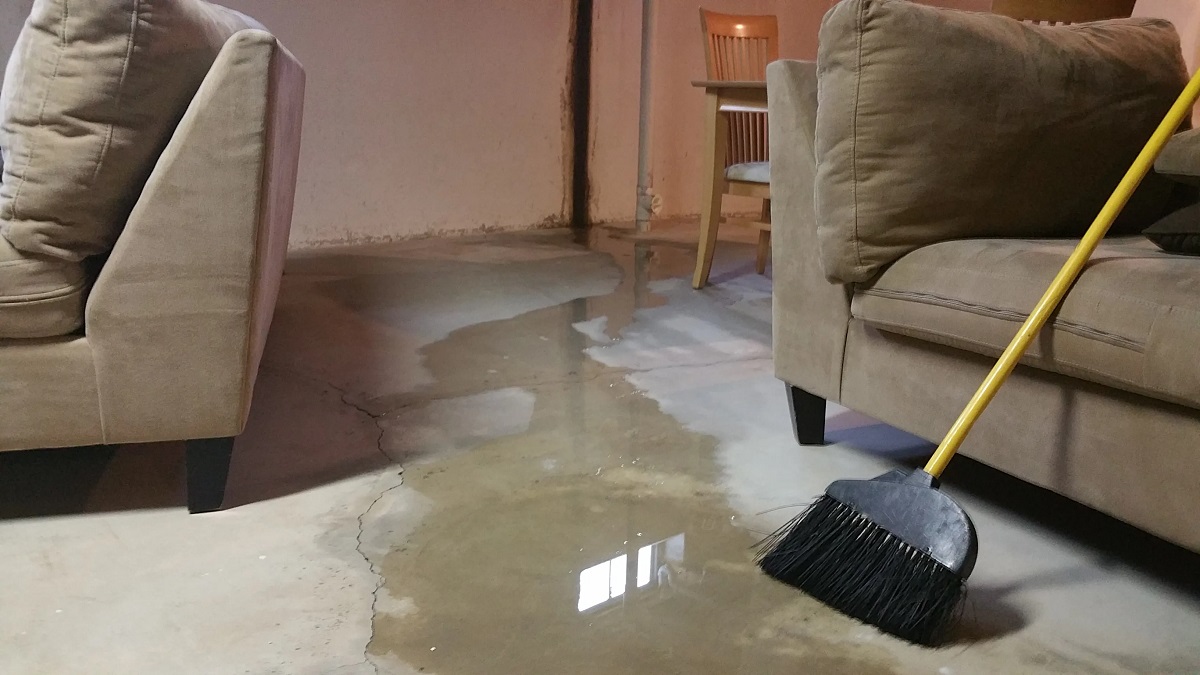
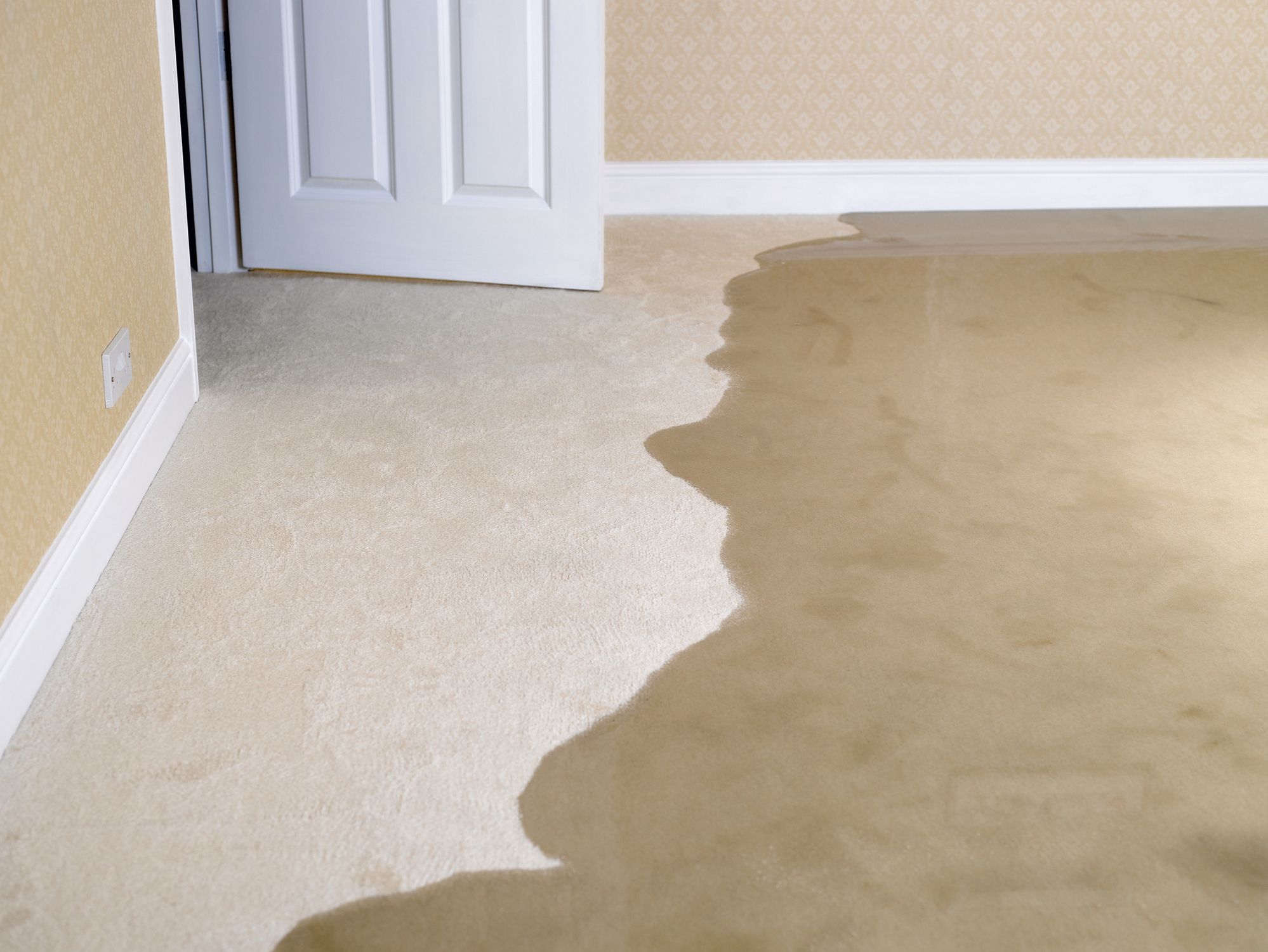
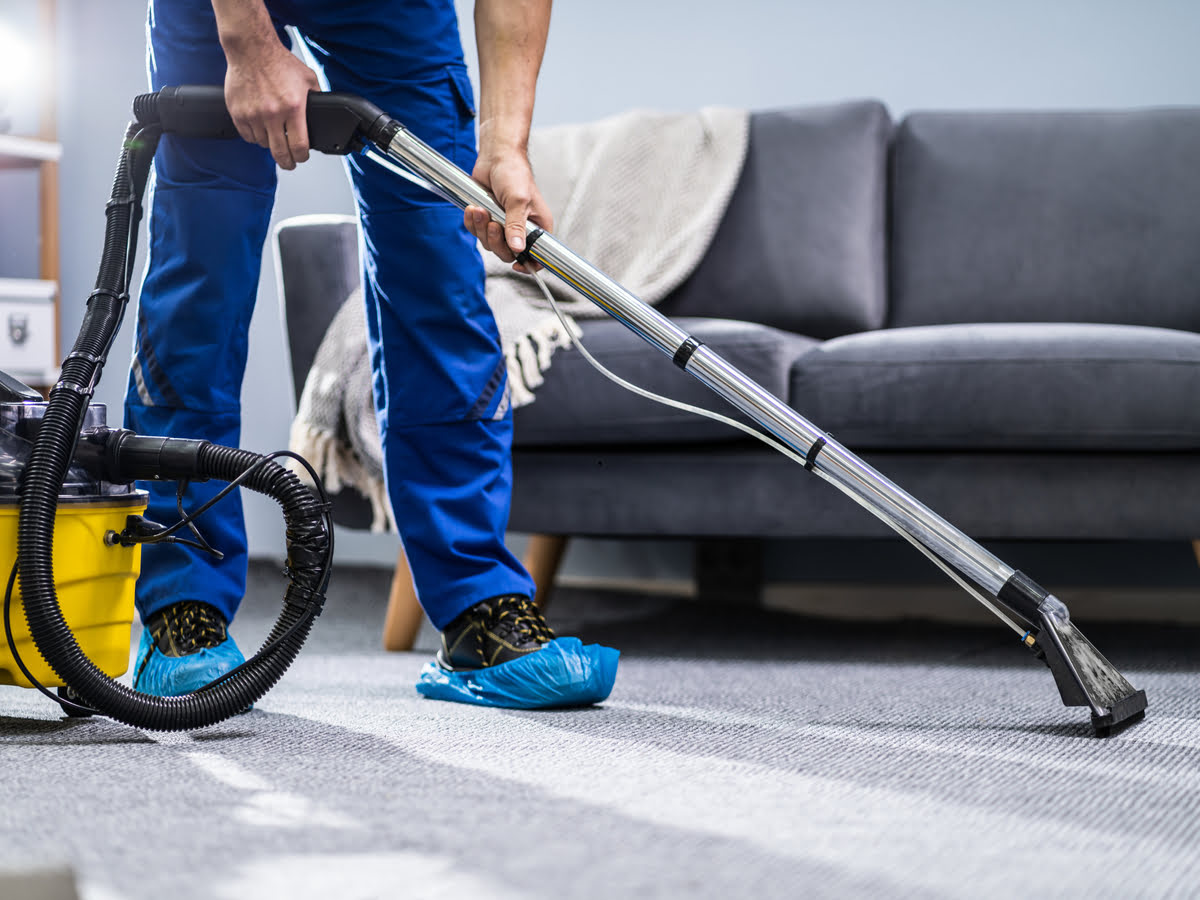
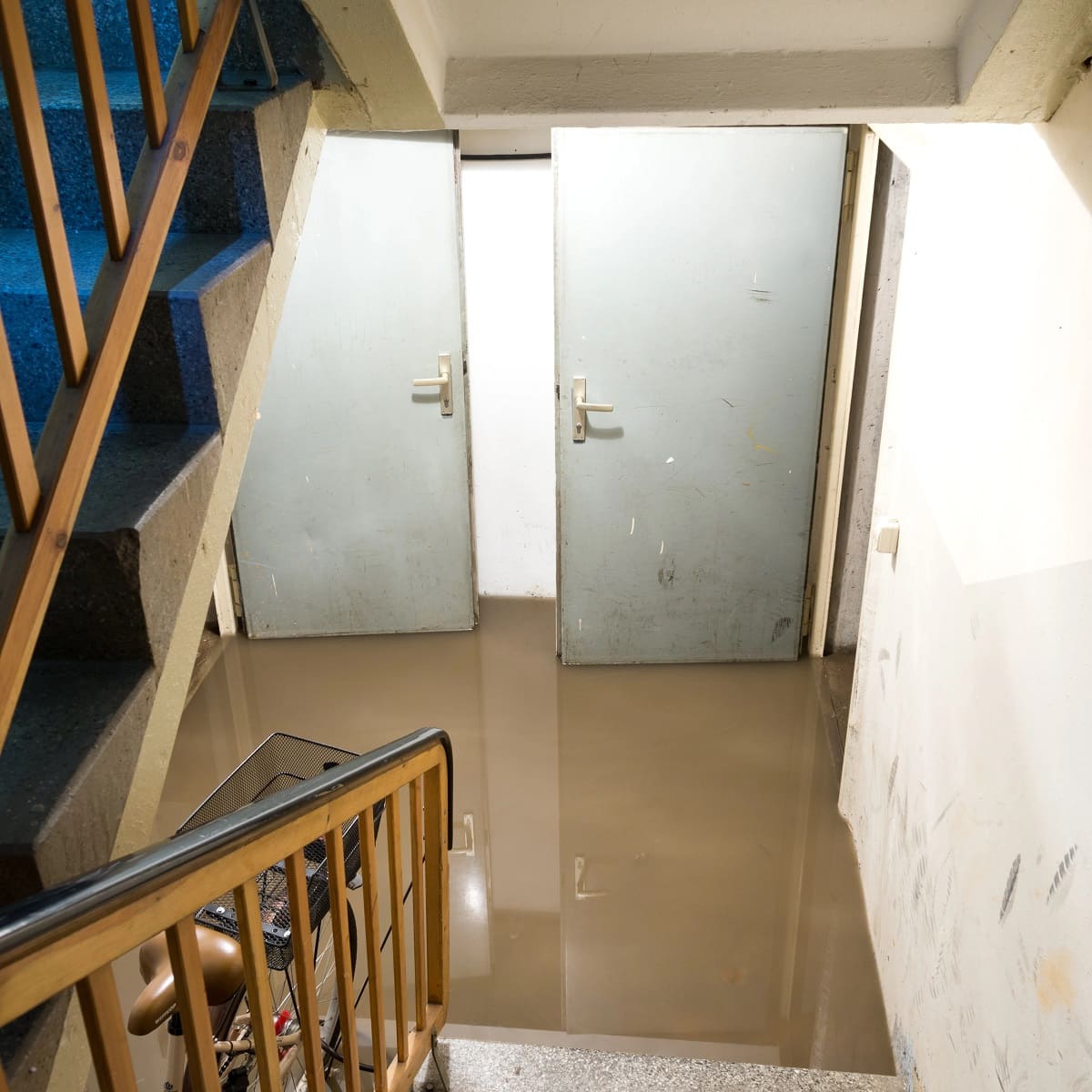
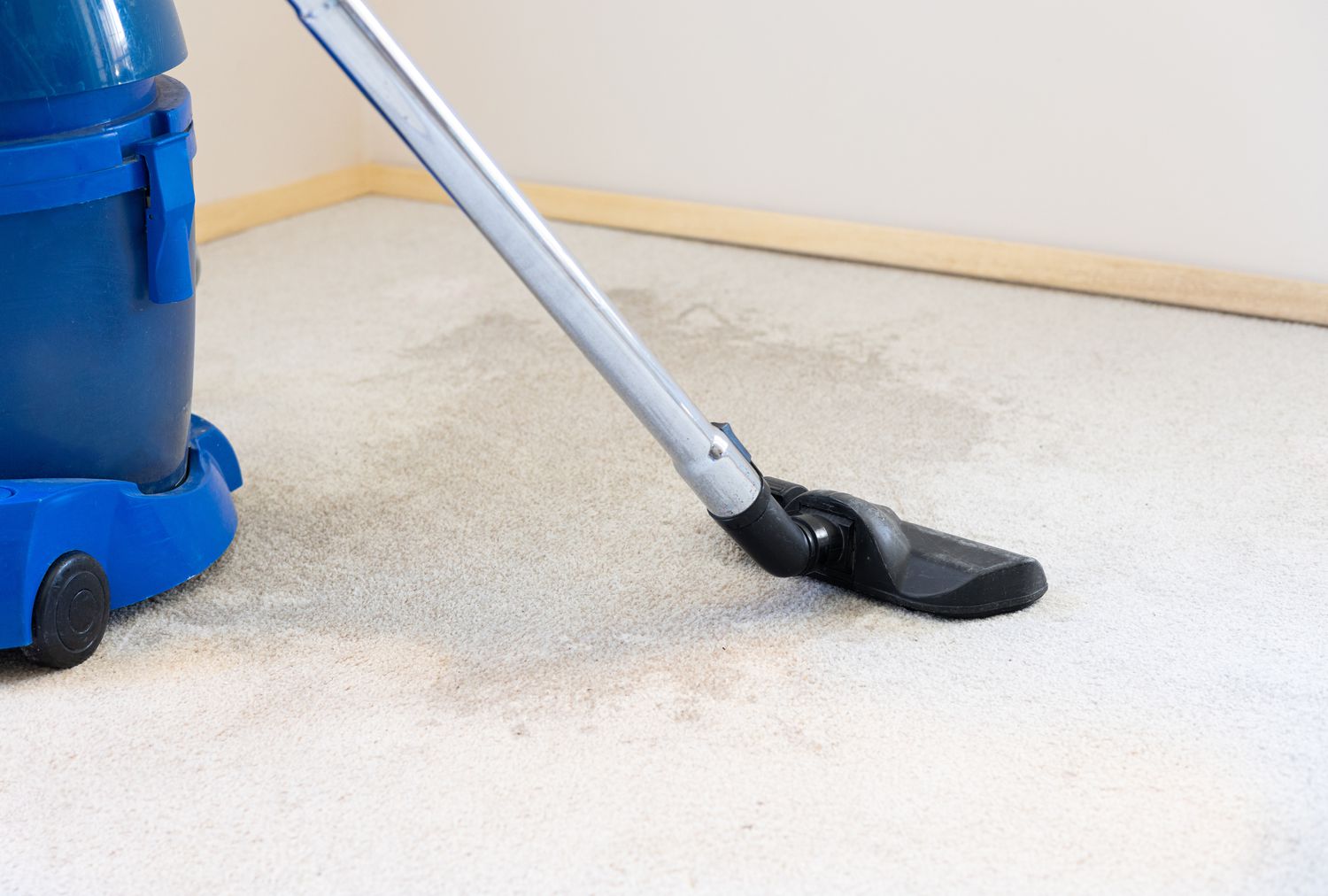
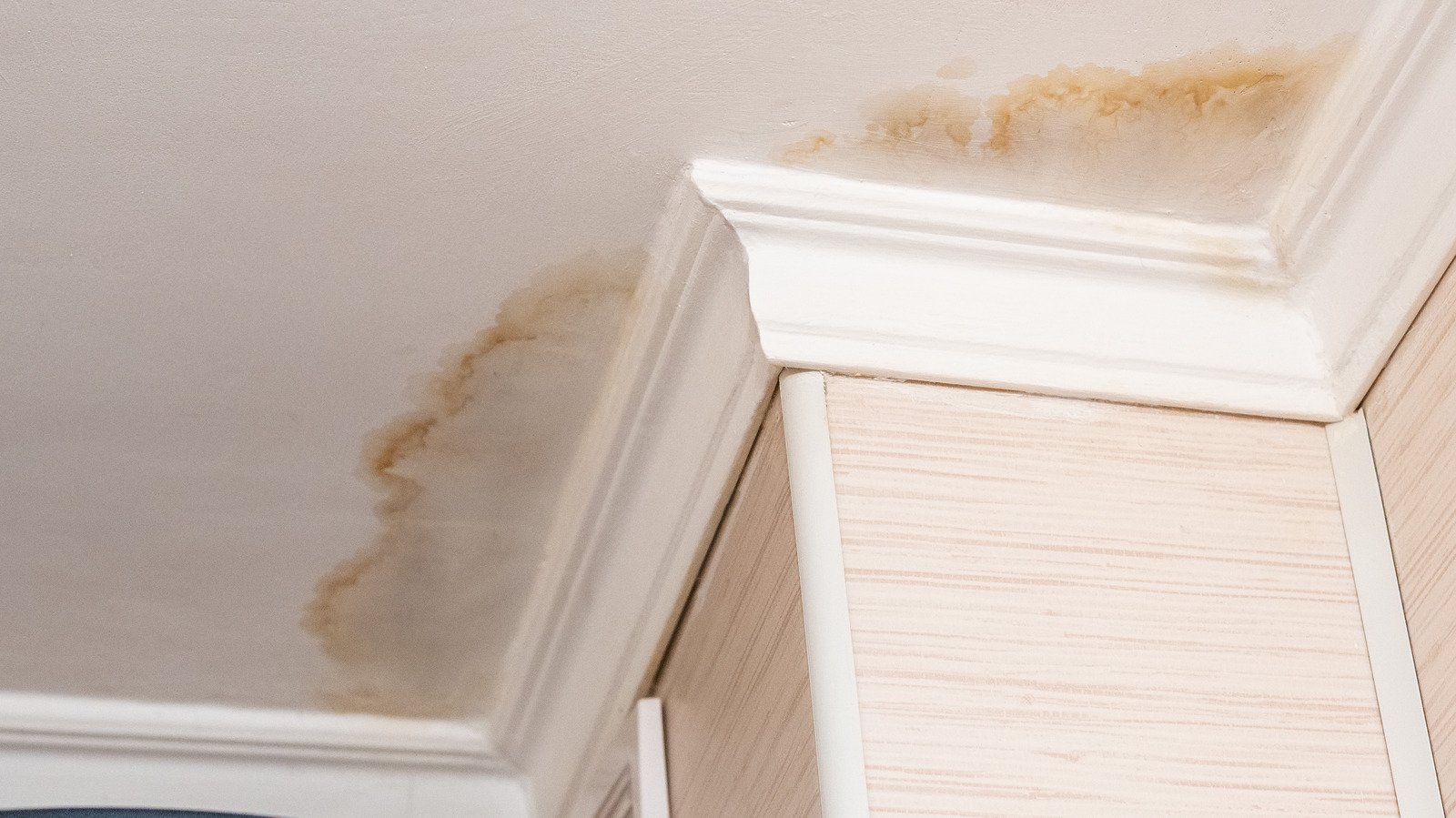
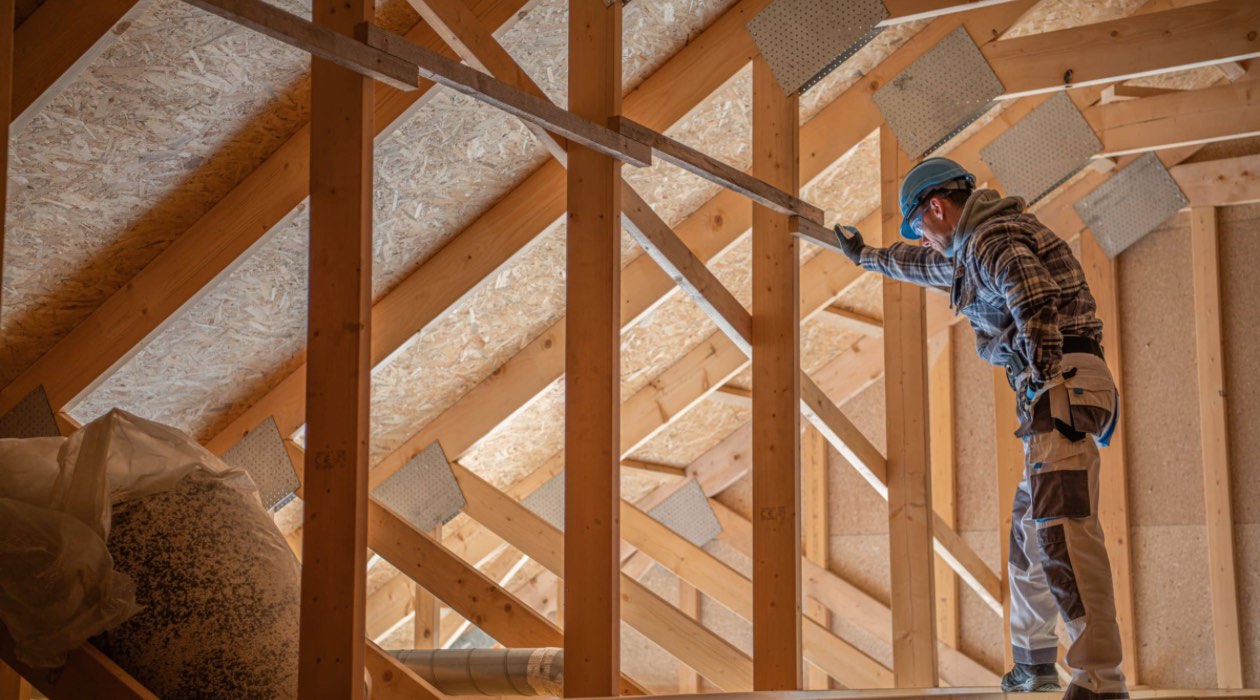
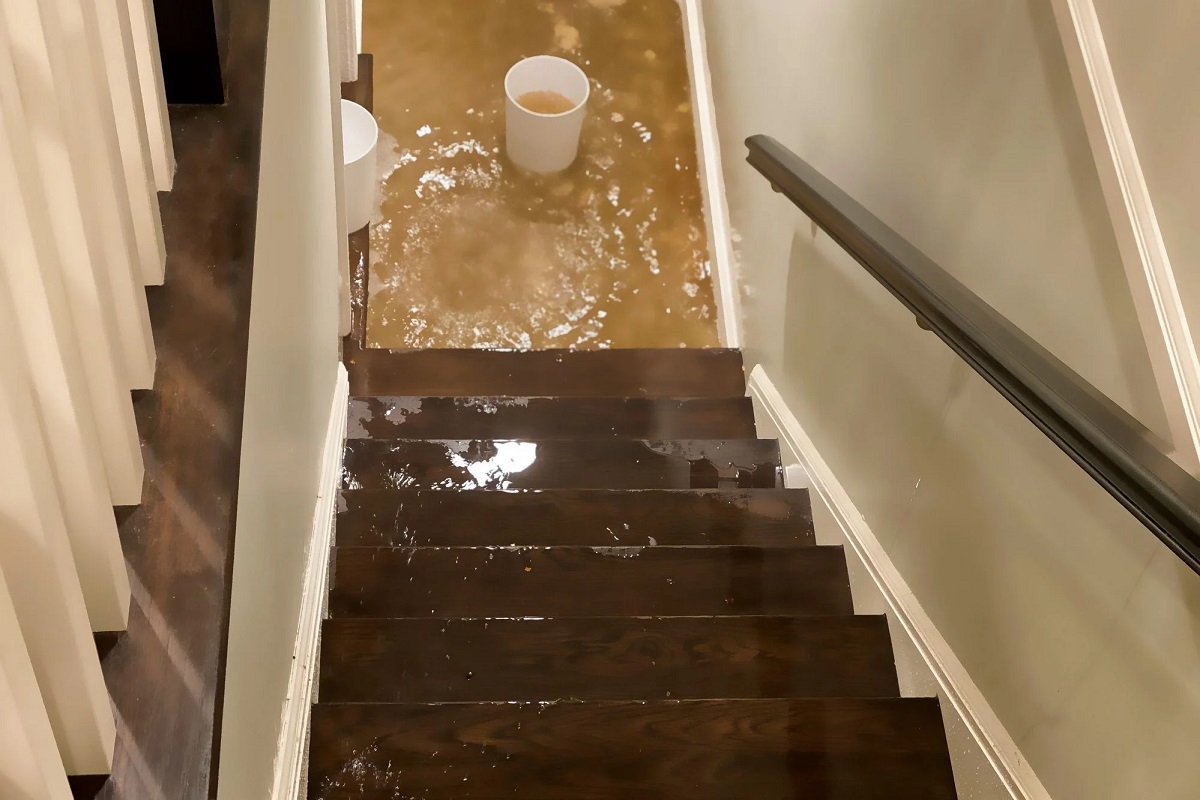
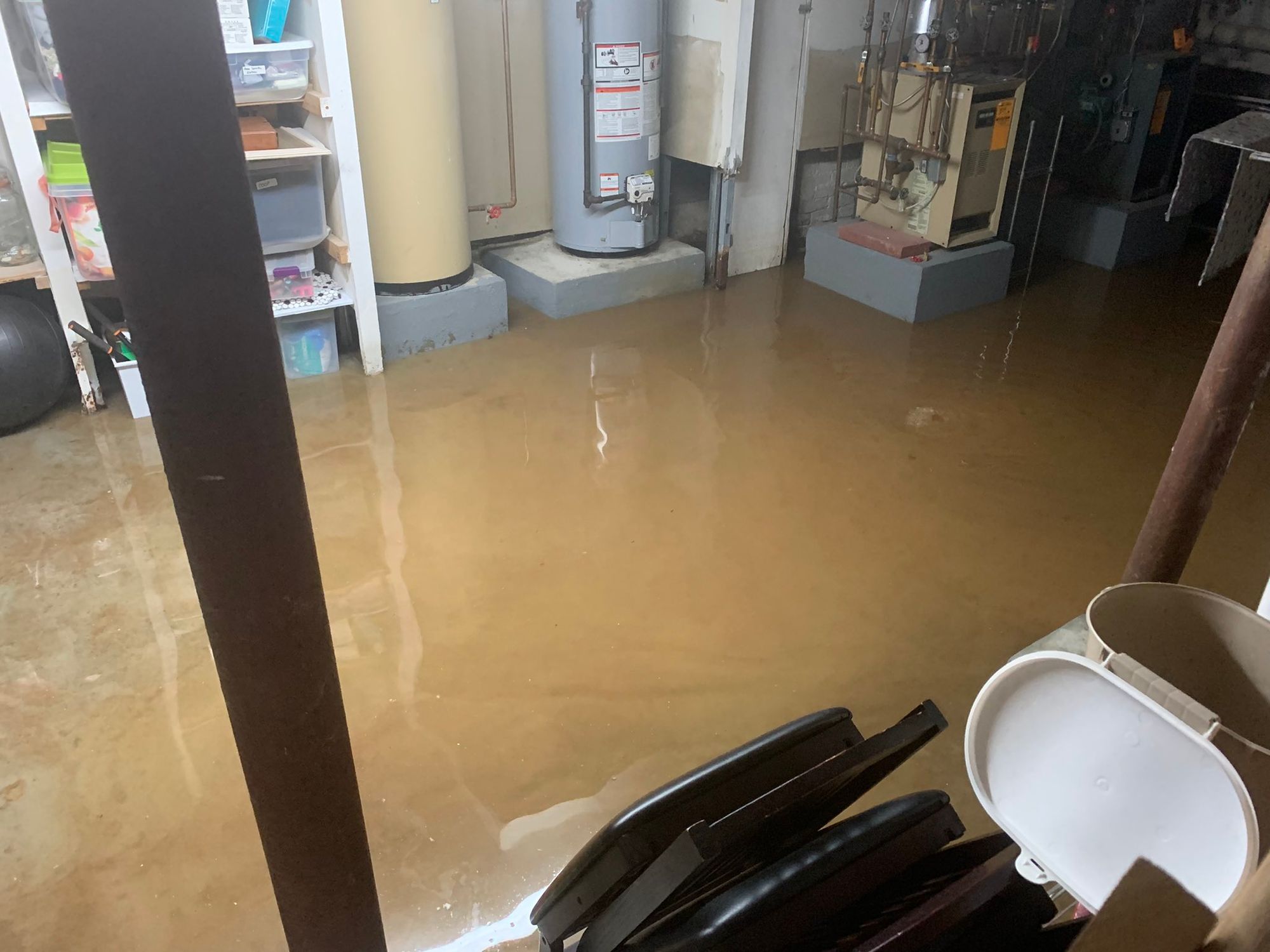
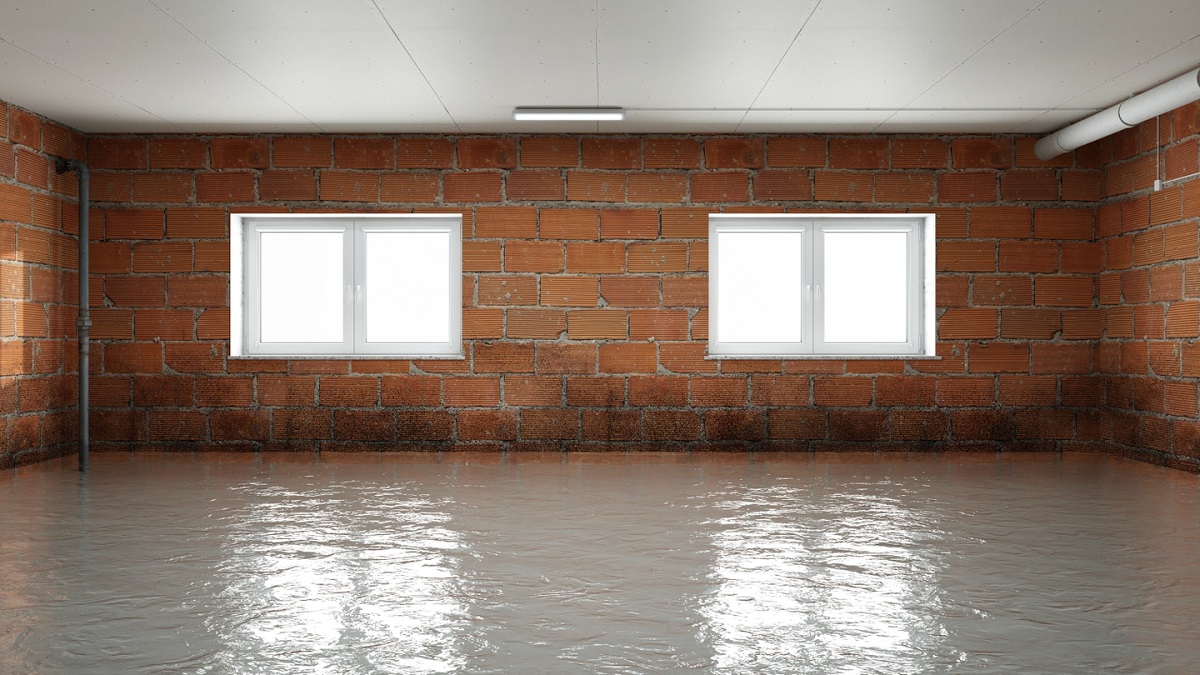
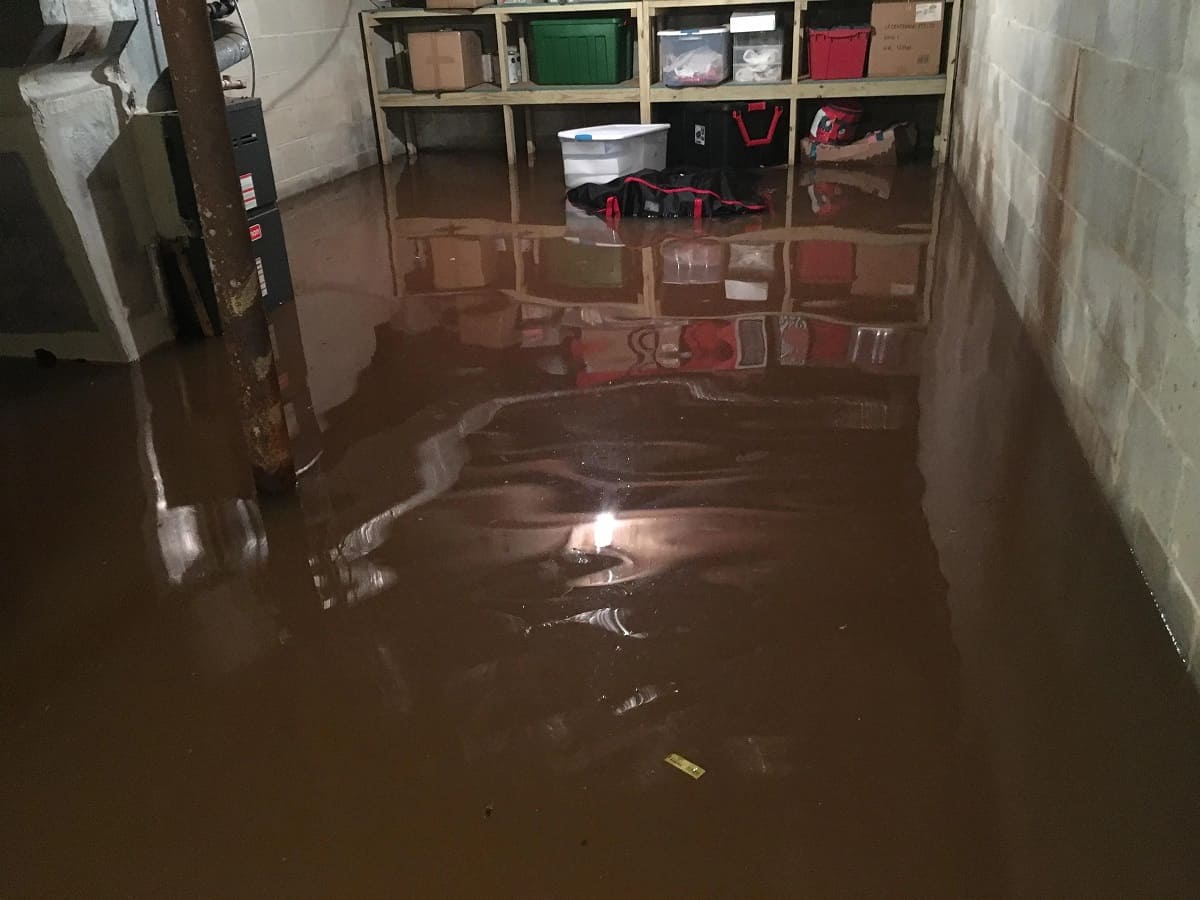
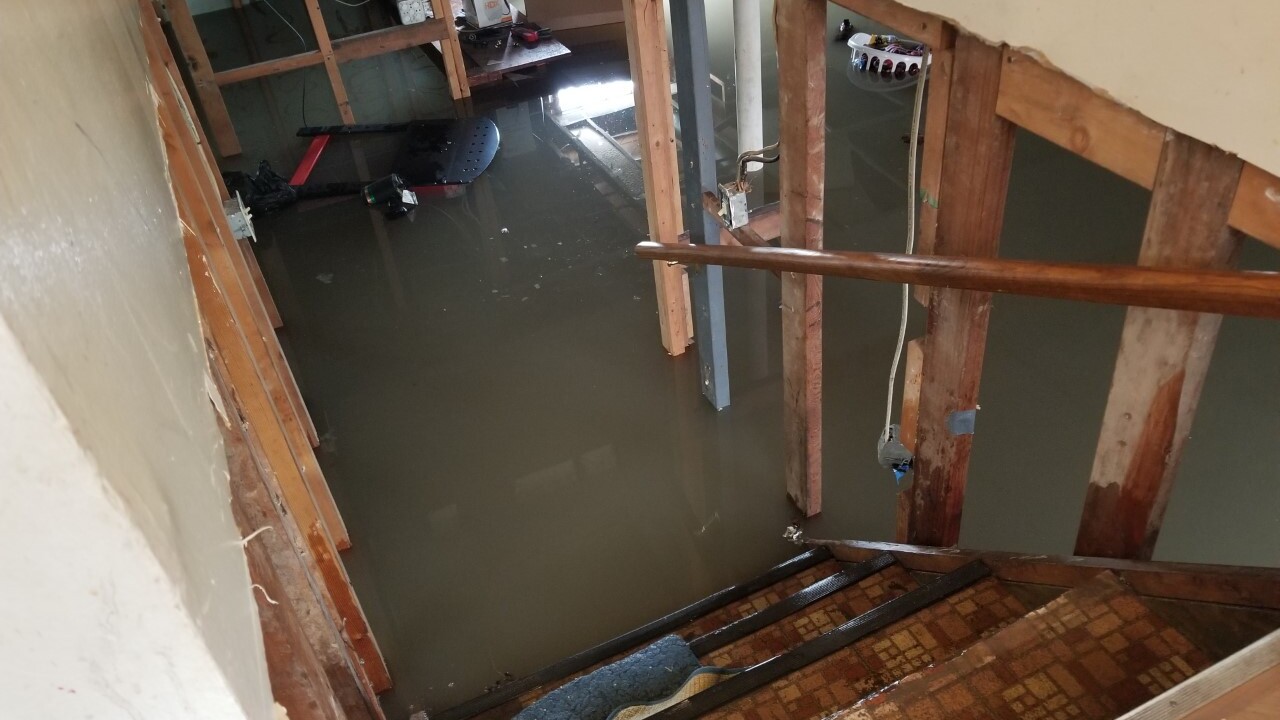
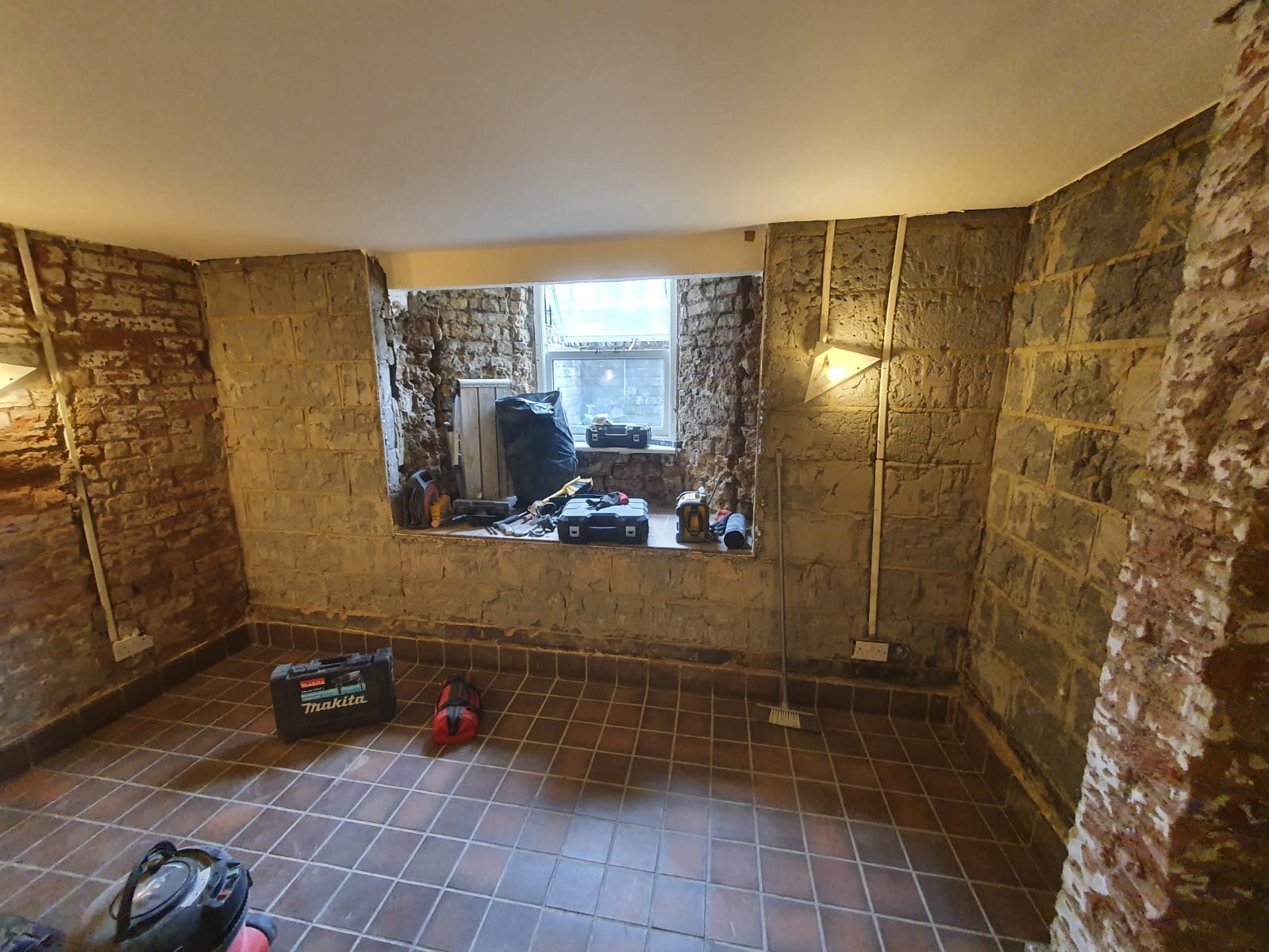
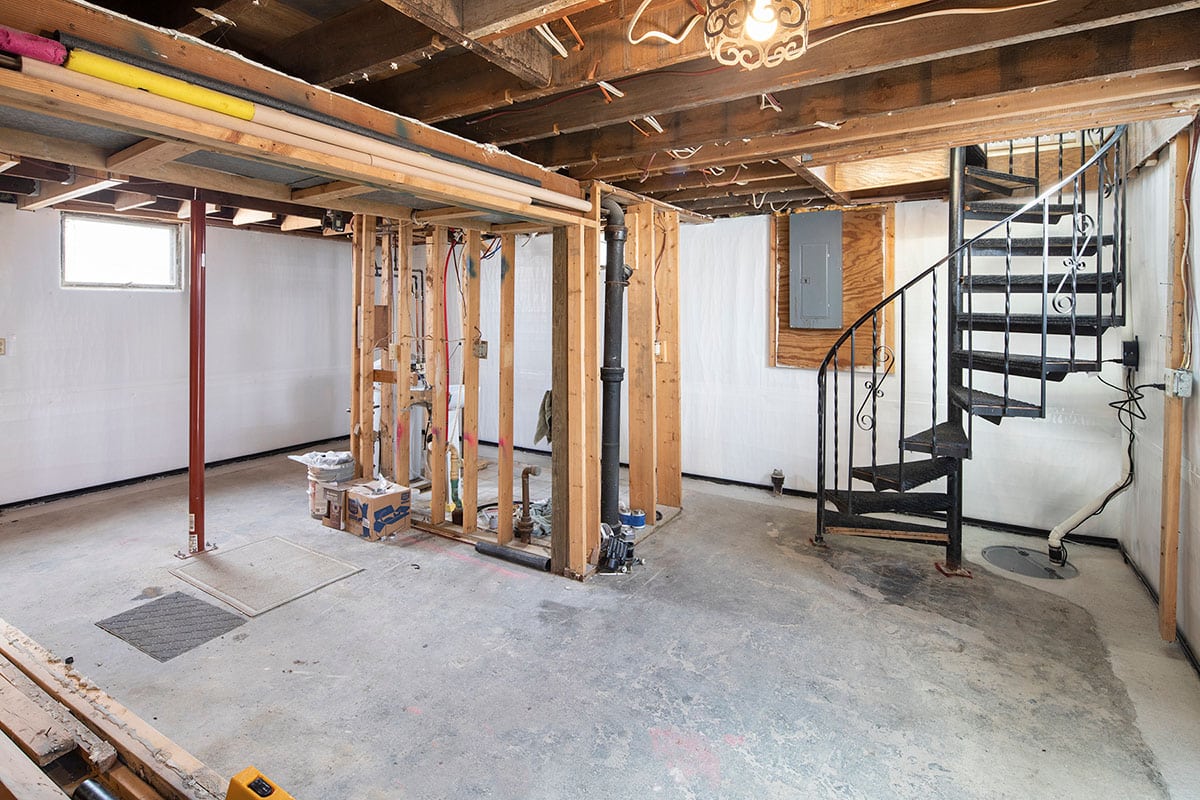

0 thoughts on “How To Dry Out A Basement After Flooding”